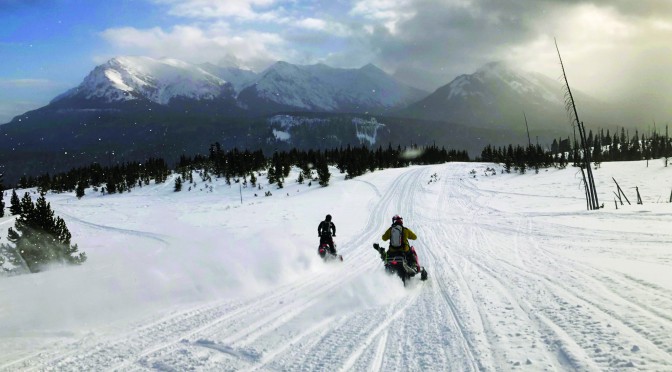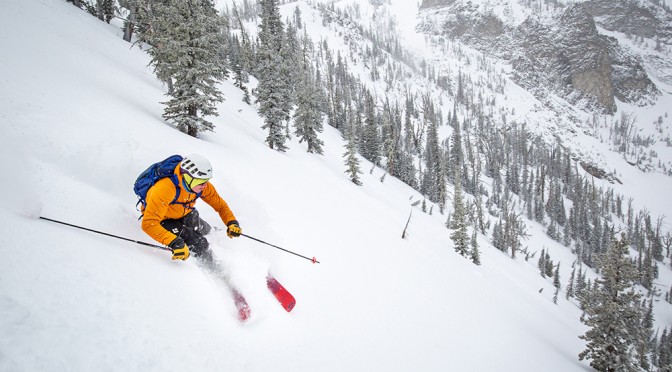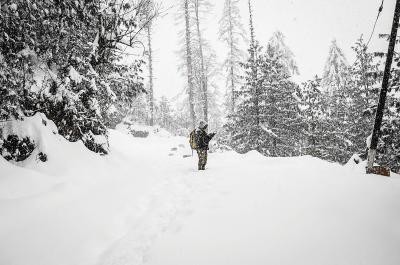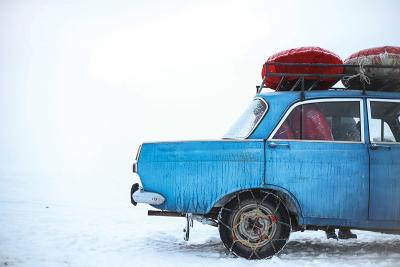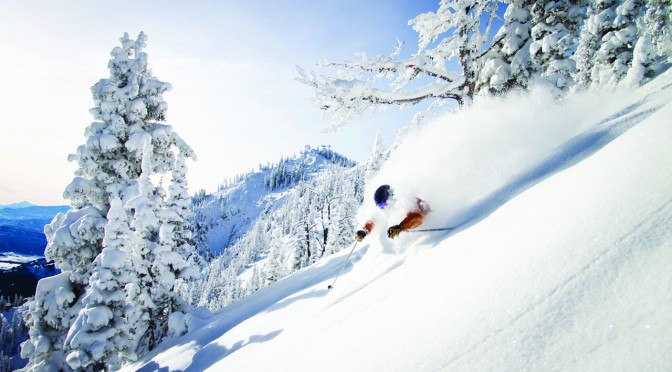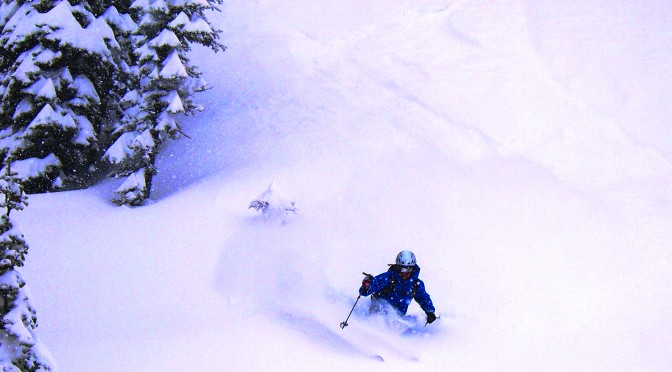by the editors
A guide to a winter paradise.
Skiing might be the classic winter activity around here, but there are plenty of other things to do when the temperature plunges. Whether your legs are sore from hitting the slopes, or you’re just looking to try something new, here are a couple of our second-string favorites.
Sledding
Who said tearing down a hill on a sled is just for kids? Some folks say it only gets better with age. The bottom line is that it’s fun for anyone with a pulse. As affordable as it is accessible, sledding is a Montana pastime, and Bozeman has a number of popular spots worth checking out: Snowfill Recreation Area, Peets Hill, the Regional Park, and Langohr Campground up Hyalite are just a few. Really, any public land with a rising slope will do—just make sure the hill has a decent run-out.
Snowshoeing
If you can walk, chances are you can snowshoe—and have fun doing it. To get started, pick a trailhead. While packed snow offers easy walking, your best bet is to veer off-trail and make your own path. One of the major joys of snowshoeing is finding solitude and serenity in the winter woods. A beginner setup (shoes & poles) runs about $200 brand-new; if you’re on a budget, pick up a pair of hand-me-downs and use your ski poles.
Snowmobiling
With the power of a snowmobile, there’s a lot you can see. Whether flying around the mountains of West Yellowstone, Big Sky, Cooke City, or Island Park, a high-speed adrenaline rush is hard to beat. There are many guide and rental services scattered throughout southwest Montana, and most places that rent snowmobiles supply snowsuits, helmets, and other accessories.
Skating
Every winter, three outdoor ice rinks pop up at Bozeman parks: Bogert, Southside, and Beall. Once the ice sets up for the season—normally in late December—the rinks stay open until 10pm every day. Southside and Bogert have warming huts for cozy cups of hot chocolate and a comfortable abode to put on and take off skates. Additional skating is offered at the Haynes Pavilion, home of the local hockey league; they rent skates for $5, plus a $5 entry fee.
Ice Fishing
Don’t knock it ’til you try it—ice fishing is a classic winter activity out West. Bring an ice auger, a fishing rod, warm clothes, and a sixer to stay true to the deep-seated roots of this activity. Hyalite Reservoir is a good option for trout, but the Bozeman Pond next to the mall is a little closer to home and has a plethora of bass and panfish. Just remember to check the ice thickness before venturing out too far. It takes four inches to support the weight of an adult human.
Events
The great thing about Bozeman is that no matter your taste, there’s always something going on. Here are a few noteworthy events for you non-skiers out there.
Ongoing
Learn to Skate – Bozeman. Get tips from the pros on how to slide smoothly on ice. Classes offered for ages four and up, from beginner to advanced. gallatinice.org
October
Hocktober Scramble – Bozeman. This fun hockey series gives players of all levels a chance to test their skills—and have a blast doing it—in competitive pickup games. bozemanhockey.org
January
SNöFLINGA – Butte. There’s something for everyone here. We’re talking snowshoe tours, fatbike races, avalanche-awareness classes… the list goes on. snoflinga.org
January
Wild West Winterfest – Island Park. Join cheery folk for a winter celebration complete with a parade of snowmobiles, sleigh rides, and a kids’ carnival. islandparkchamber.org
February
Skijoring – Big Sky. If you don’t already know what skijoring is, you’re in for a treat. Head to Big Sky for an old-time wild-west showdown. bigskyskijoring.com
Editor’s note: dates are subject to change. For the most updated information, visit outsidebozeman.com/events.

